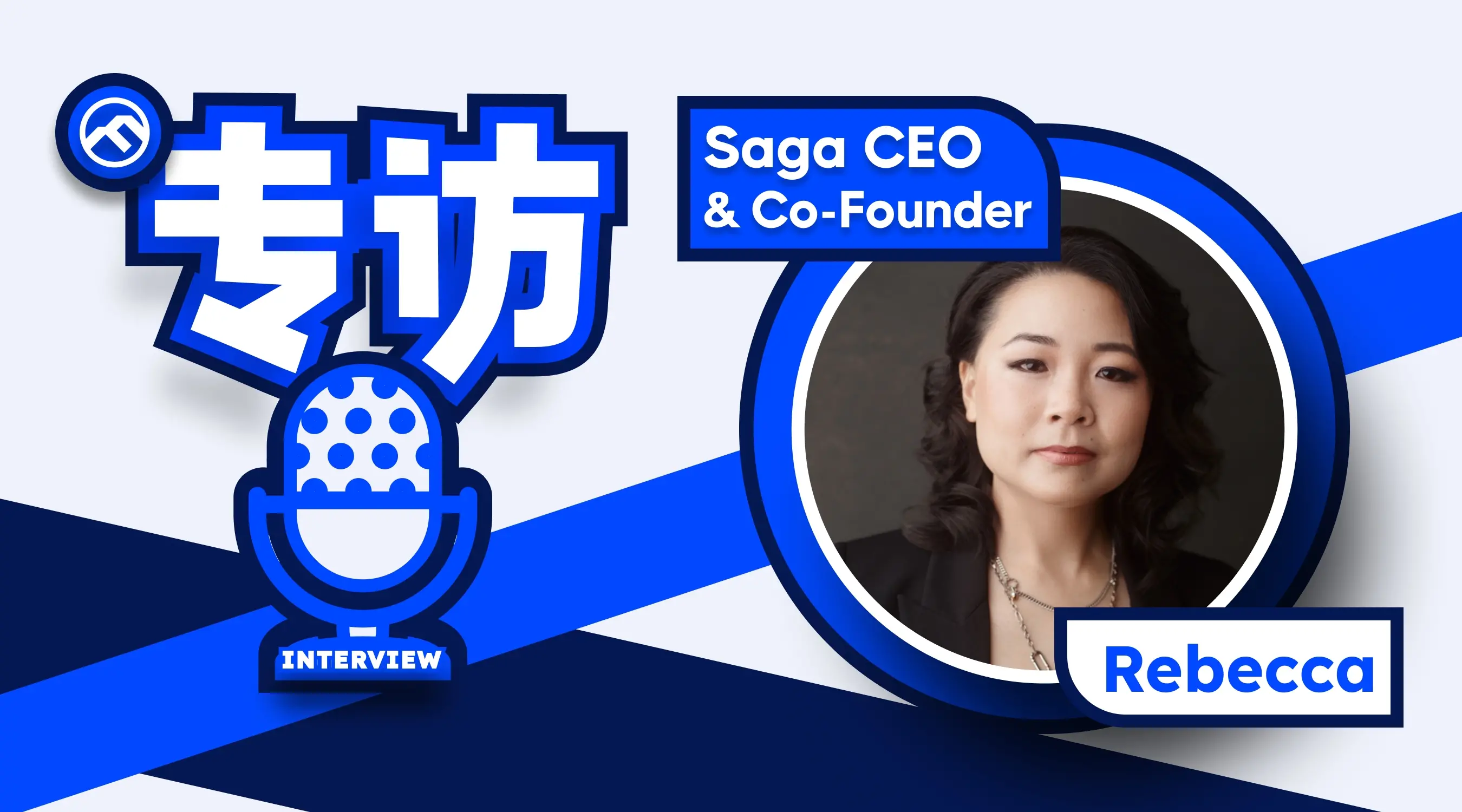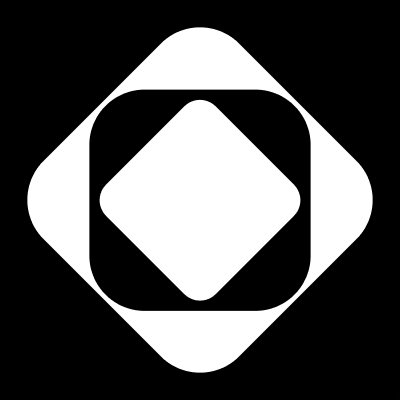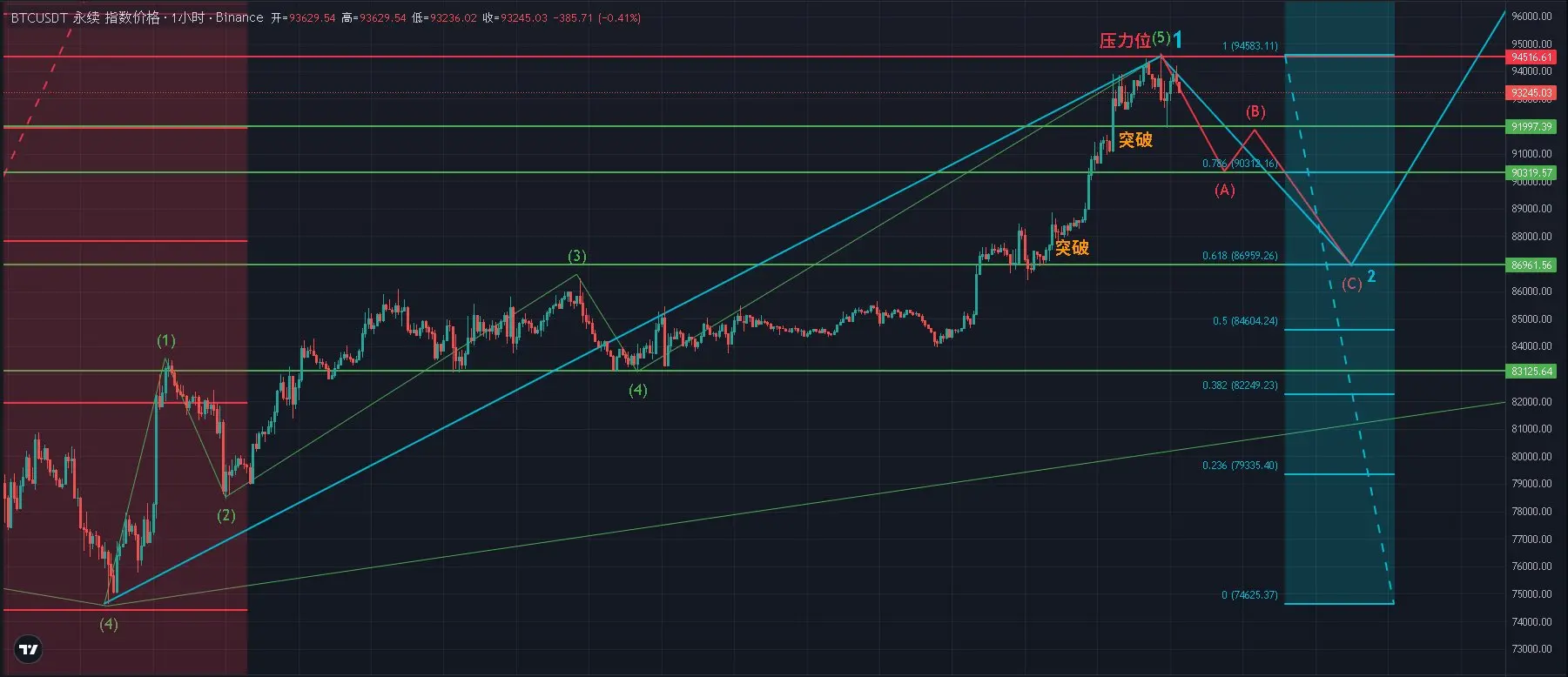Exclusive Interview with Saga Co-founder Rebecca: The Origin, Technology, Vision of Saga, and 100+ Potential Airdrops
Interview and compilation: Alex Liu, Foresight News
Saga is a Layer 1 protocol that allows developers to automatically create VM-independent, parallel, and interoperable dedicated chains, known as "Chainlets," providing applications with infinite horizontal scalability. Its mainnet officially launched yesterday, with the token opening high on major exchanges, peaking at 7.89 USDT, and a fully diluted valuation (FDV) of nearly 8 billion USD.
Before it landed on Binance Launchpool, breaking the historical records for total locked value and number of participants in the event, and showing impressive performance after opening, not many people were paying attention to it. Questions like "What is this project and why is it so amazing?" flooded the Chinese community.
Previously, Foresight News had an exclusive interview with Saga CEO and co-founder Rebecca Liao, discussing the origins, technology, vision, and over 100 potential airdrop opportunities for Saga. We hope this article comes at the right time to help clarify doubts and provide a deeper understanding of Saga.

The following is the interview content:
Foresight News: Thank you for accepting the interview with Foresight News. Before founding Saga, you worked as a lawyer and in AI-related tech companies and political teams. Please briefly introduce yourself and talk about why you later entered the blockchain industry and founded Saga.
Rebecca: My career has always centered around development economics. During my time at Globality, the first AI startup I joined, I learned about Bitcoin and blockchain and recognized its obvious impact on democratizing financial services. This sparked my strong desire to start a company for the first time, leading me to co-found Skuchain with Zaki Manian, a DeFi project focused on RWAs.
By 2020, it had reached an annual transaction volume of 5 billion USD. In 2021, I left the company to pursue a potential position in a government department but ultimately decided to stay in the crypto industry. The founding of Saga stemmed from a desire to provide developers with a complete end-to-end (E2E) blockchain experience, which did not exist before. A system where L1 creates L1 can achieve infinite scalability while keeping the frontend free, allowing Web3 developers to ultimately build applications that can achieve mass adoption. Since then, we have focused on applications that need this infrastructure the most: gaming and entertainment. Saga's vision is to provide space for those who boldly pursue their wildest dreams—a place that celebrates freedom and explores creative expression.
Foresight News: You mentioned on X that you met Zaki (a core contributor to Cosmos) 10 years ago and have previously contributed to the Cosmos project. Why did you choose to build your project using the Cosmos SDK?
Rebecca: Zaki and I are co-founders of Skuchain. After he started building Cosmos, I recognized the power of this technology and understood the challenges involved. Not everyone wants a sovereign independent application chain, but using dedicated block space to scale applications is the answer for future blockchain applications. This is why we decided to use the Cosmos SDK to build Saga.
Cosmos remains the only stack that supports native multi-chain, understands the challenges of building decentralized blockchains, and provides fast bridging and interoperability with other chains. All other scaling solutions, including Rollups and other variants of application chains, are still catching up to the technical understanding of the Cosmos SDK.
Foresight News: Many people categorize Saga under the modular landscape. Do you think this classification is accurate, or is BaaS (Blockchain as a Service) more appropriate?
Rebecca: From a technical perspective, Saga can indeed be classified in the modular space because it focuses on providing dedicated blockchain solutions and has the capability to offer validation services for blockchains created with Saga, as well as ordering services for modular Rollups. Additionally, Saga's collaboration with Celestia and subsequent partnership with Polygon demonstrates our adaptability and capability in providing key infrastructure in the Web3 space, solidifying our position in the modular blockchain ecosystem.
It is accurate to categorize Saga in the modular space, but it is worth emphasizing that describing Saga as BaaS does not fit better. Unlike traditional BaaS solutions, Saga emphasizes providing dedicated block space and has the ability to automatically instantiate dedicated chains, aligning more closely with the modular blockchain framework, allowing for scalability and flexibility when deploying dedicated blockchain solutions.
Foresight News: What are the differences between Chainlets built with Saga and RollApps built with Dymension? What is infinite horizontal scalability?
Rebecca: The differences between Chainlets built with Saga and RollApps built with Dymension are significant.
Thanks to the protocols of our platform, Chainlets built with Saga can automatically launch fully decentralized dedicated chains, with cross-chain communication (IBC) and fast bridging enabling them to freely interoperate among Chainlets, the Saga main chain, and other blockchains. This provides infinite performance and scalability, making it an ideal solution for developers seeking modular and scalable blockchain infrastructure.
On the other hand, RollApps built with Dymension focus on transaction settlement, consensus, and execution while relying on external providers for data availability, execution environments, and liquidity. Unlike Chainlets on Saga, Dymension RollApps operate within a fully modular framework, allowing flexible selection of DA providers and execution environments to meet specific application needs, but this also adds complexity. Due to Dymension's lack of a native settlement environment, there is no fast finality, and thus no rapid bridging capability or interoperability.
Chainlets on Saga also provide developers with a block space pricing model based on commodity tiers. Our economic model does not seek to aggregate the prices of multiple protocols that make up the stack like fully modular systems do, but rather aims to achieve zero cost at the frontend so that developers can monetize as they wish, while end users do not pay any gas fees to Saga. Given that Chainlet fees are the only fees in the system, it should be the most economical way to develop.
Infinite horizontal scalability is the core concept of Saga— all Chainlets are parallelized application chain instances, allowing applications to elastically scale to their maximum performance and speed, meeting the demand for infinite scalability in the blockchain ecosystem. You can understand why Saga is so appealing for gaming and entertainment.
Foresight News: How do you view the current progress and prospects of web3 gaming?
Rebecca: We foresee that Web3 gaming will evolve towards an early form of the metaverse, emphasizing the role of modules and creators in shaping game IP. The industry's focus will shift to leveraging community power and creative expression rather than solely relying on the production value of games. This marks an exciting and transformative phase for Web3 gaming in the coming years. A concrete example of current progress is the growth in user adoption. The Web3 gaming market continues to expand, with an increase in the number of independent active wallets and a rise in market share. A good illustration is that 80% of the over 300 projects built on Saga belong to the gaming category. The application of X-to-Earn models also provides players with opportunities to leverage their skills and gaming time, creating a more engaging and profitable gaming environment for everyone.
Foresight News: Why do games need to be built on the blockchain? And why build on your own L1 instead of collaborating with other games on an Ethereum L2 like Immutable? How will you address the liquidity issue of cross-chain trading of virtual assets, and will there be a unified market?
Rebecca: Games built on the blockchain can achieve true ownership of game assets, decentralized economies, and enhanced security. By leveraging blockchain, game developers can provide players with verifiable scarcity of assets, provable ownership, and the ability to trade game assets securely across different platforms. Unlike games deployed on Ethereum L2 alongside other games, utilizing Saga to develop games on its own L1 blockchain gives developers more control over the gaming ecosystem. This approach provides dedicated block space, scalability, and community-driven governance, allowing for customized experiences and efficient interactions within the gaming environment.
Saga addresses the liquidity issue of cross-chain trading of virtual items by providing dedicated infrastructure, enabling seamless interoperability between Chainlets, the Saga main chain, and other blockchains. This facilitates the transfer of liquidity and interoperability of assets, addressing the liquidity constraints associated with cross-chain trading.
Saga's focus on fostering collaboration and expanding the metaverse demonstrates the potential for a unified market. The platform's emphasis on community-generated content and decentralized control over games instills confidence in the existence of this possibility.
Foresight News: Saga is currently focusing on the gaming ecosystem. What unique advantages does it have that attract these GameFi projects? Will Saga expand into other fields outside of gaming in the future?
Rebecca: It is clear that our groundbreaking innovations in infrastructure have attracted GameFi projects. The first phase of the mainnet allows developers to automatically launch fully decentralized dedicated chains (Chainlets) on Saga. This enables developers to freely interoperate between Chainlets, Saga, and other chains using IBC, providing infinite performance and scalability. Additionally, the Saga Multiverse Summit showcased a growing community of innovators creating games on Saga, including projects like Shrapnel, Cosmic Exodus, and AILAND, offering innovative and immersive gaming experiences. While Saga is currently focused on the gaming ecosystem, our mission is to break down barriers in Web3, allowing creators to focus on creation without having to build backend systems themselves. It is evident that by automatically launching parallel and interoperable dedicated chains, we will expand into other areas, such as entertainment or decentralized finance.
Foresight News: Saga is an L1 that issues L1s and is a B2B project, yet it places great emphasis on community. What does community mean to Saga?
Rebecca: The community is vital to Saga; it represents a diverse network of creators, developers, and advocates. It is the center for nurturing creativity, driving innovation, and supporting individuals in realizing their visions within the Saga ecosystem. Without our community, there would be no project. It is the hub of our user base, the cornerstone of our market expansion, and a crucial factor in attracting games and other applications. It is precisely because we have such a wonderful community that applications are drawn to use us.
Our mission is to be the place where crazy dreamers can realize their wildest dreams, and I believe we have made significant progress on the road to achieving this goal.
Foresight News: The community reflects that due to the relatively complex airdrop rules, the actual number of recipients is not large. Saga has announced that the second phase will airdrop to SAGA stakers. Will those who were ineligible in the first phase, including many long-term stakers, have opportunities in the future?
Rebecca: We will soon release the full conditions for the second season airdrop, and all unclaimed first season airdrops will be allocated to SAGA stakers in the second season. Additionally, we have teased our stakers with over 100 confirmed airdrops from partners. The total number of eligible wallets for the first season was 200,000, which is a healthy number. These wallets must be distributed among our key technical partners, including Cosmos, Celestia, Avalanche, and Polygon, as well as our community, ecosystem builders, and gamers participating in our Play-to-Airdrop event. Given the number of stakeholders, the airdrop criteria must be designed to be relatively broad.
Foresight News: After the mainnet launch, what will be the focus of the project's development? What can players and token stakers look forward to in the future?
Rebecca: We will complete all six phases of the mainnet launch, introduce games through Saga Origins, continue to attract new projects to join our innovator program—currently, there are a total of 350 projects participating—and execute over 100 airdrops for our stakers. The final statistics will be disclosed in the press release accompanying the mainnet launch.










